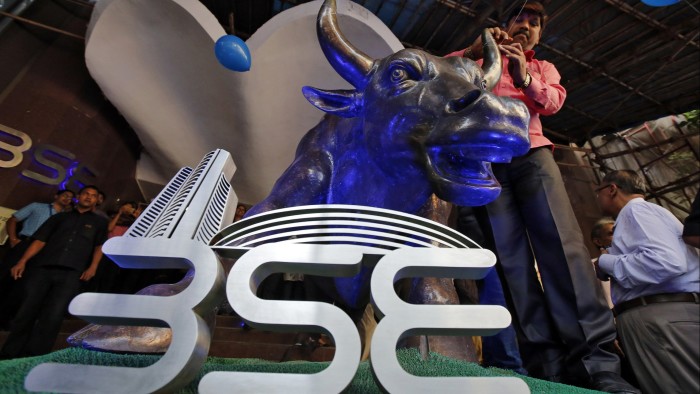ETFs help drive huge growth in India’s investment market

Simply sign up to the Exchange traded funds myFT Digest -- delivered directly to your inbox.
Latest news on ETFs
Visit our ETF Hub to find out more and to explore our in-depth data and comparison tools
India’s mutual fund industry is shifting gradually towards more passive investing, with local regulators relaxing guidelines for firms looking to offer such vehicles, according to consultancy Cerulli Associates.
Net new flows to India-domiciled funds in December jumped to $1.4bn from $500mn during the previous month.
And it was ETFs and index funds that collectively led annual net flows in the market in 2022, pulling in Rs832.4bn ($10.1bn) and Rs793.6bn respectively.
This underscores the strong appetite for passive investment funds in the Indian market, the research firm said in its February monthly product trends report.

This article was previously published by Ignites Asia, a title owned by the FT Group.
India’s mutual funds industry, excluding exchange traded funds, saw a 3.1 per cent increase in assets to Rs34.5tn, significantly lower than growth in previous years of 18.5 per cent in 2021 and 14.4 per cent in 2020 — amid rising interest rates and volatile stock markets, the Cerulli report found.
In India, equity-linked savings schemes, which are more commonly known as tax-saving funds, make up a substantial portion of growth in the local mutual funds space and could help to drive strong growth in future, Cerulli said.
ELSS require an 80 per cent weighting to equities. They come with a three-year lock-in period and tax deductions for investments of up to Rs150,000.
Cerulli noted that the schemes’ shorter lock-in period and higher return potential make them more attractive compared with other tax-saving instruments available in the country.
Assets in these schemes rose to Rs1.54tn in 2022, 3.5 per cent higher than the Rs1.49tn in 2021.
Cerulli forecast the continued growth of passive investing in India, following several ELSS-related initiatives from the local regulator.
Cerulli said the low-cost ELSS had become an attractive option for new entrants, as well as existing small and midsized firms, to tap new investors.
“Passive ELSS is a significant development to look out for in terms of how the industry manages to cash in on this opportunity as the combination of low fees, tax incentives (depending upon investors’ decisions to choose between old and new tax regime) and stock market-linked return potential could help lure investors,” Leena Dagade, associate director at Cerulli, said in a statement.
“Young and first-time retail investors could make use of this mutual fund vehicle to embark on their investment journeys,” she added, noting that local authorities should look into furthering investor education in order to improve the take-up of the products.
*Ignites Asia is a news service published by FT Specialist for professionals working in the asset management industry. Trials and subscriptions are available at ignitesasia.com.

Click here to visit the ETF Hub
Comments